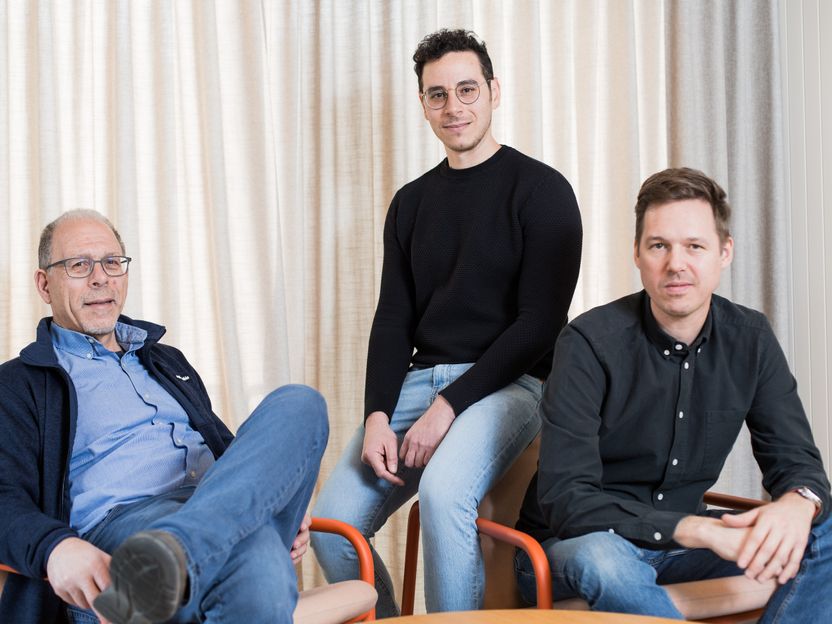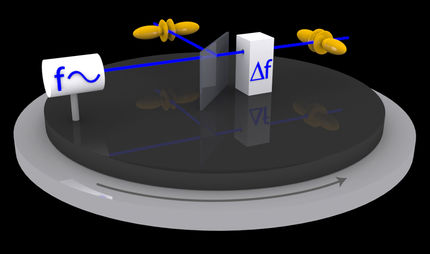The most accurate optical single-ion clock worldwide
Atomic clock experts from the Physikalisch-Technische Bundesanstalt (PTB) are the first research group in the world to have built an optical single-ion clock which attains an accuracy which had only been predicted theoretically so far. As early as 1981, Hans Dehmelt, who was to be awarded a Nobel prize later, had already developed the basic notions of how to use an ion kept in a high-frequency trap to build a clock which could attain the -- then unbelievably low -- relative measure-ment uncertainty in the range of 10-18. Ever since, an increasing number of research groups worldwide have been trying to achieve this with optical atomic clocks (either based on single trapped ions or on many neutral atoms). The PTB scientists are the first to have reached the finishing line using a single-ion clock. Their optical ytterbium clock achieved a relative systematic measurement uncertainty of 3 x 10-18.
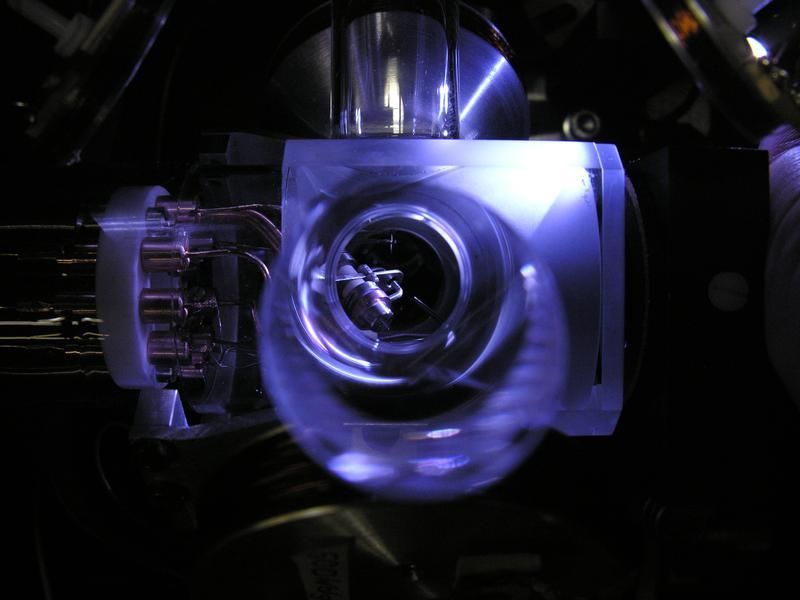
Radio-frequency trap of PTB's optical ytterbium single-ion clock
PTB
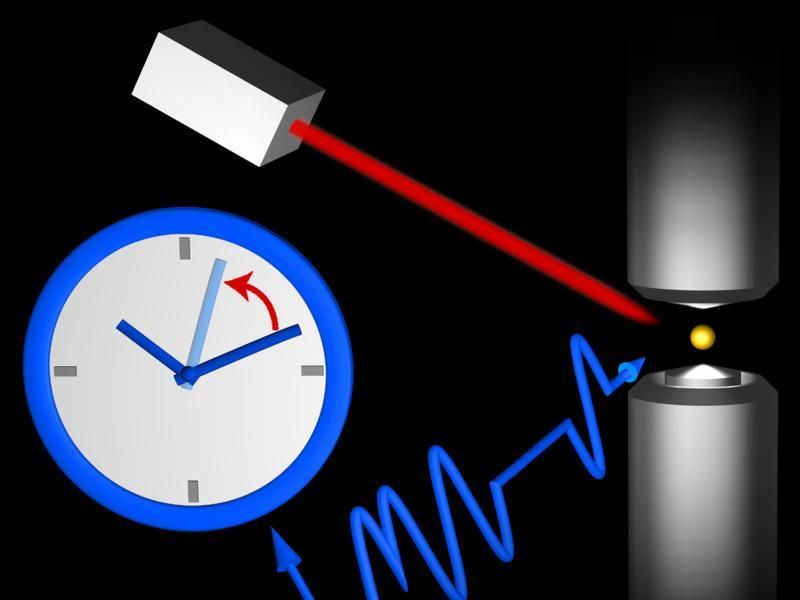
Measuring the influence of thermal ambient radiation on the frequency of the trapped ion: the "clock laser" (blue beam) excites the trapped ion (yellow) with a special pulse sequence. The resonance frequency of the ion is influenced by infrared radiation (here by an infrared laser, red beam). This can be measured by means of the clock laser.
PTB
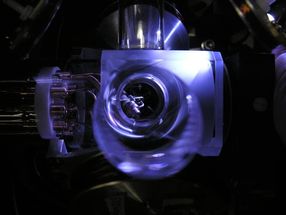

The definition and realization of the SI unit of time, the second, is currently based on cesium atomic clocks. Their "pendulum" consists of atoms which are excited into resonance by microwave radiation (1010 Hz). It is regarded as certain that a future redefinition of the SI second will be based on an optical atomic clock. These have a considerably higher excitation frequency (1014 to 1015 Hz), which makes them much more stable and more accurate than cesium clocks.
The accuracy now achieved with the ytterbium clock is approximately a hundred times better than that of the best cesium clocks. To develop their clock, the researchers from PTB exploited particular physical properties of Yb+. This ion has two reference transitions which can be used for an optical clock. One of these transitions is based on the excitation into the so-called "F state" which, due to its extremely long natural lifetime (approx. 6 years), provides exceptionally narrow resonance. In addition, due to the particular electronic structure of the F state, the shifts of the resonance frequency caused by electric and magnetic fields are exceptionally small. The other reference transition (into the D3/2 state) exhibits higher frequency shifts and is therefore used as a sensitive "sensor" to optimize and control the operating conditions. Another advantage is that the wavelengths of the lasers required to prepare and excite Yb+ are in a range in which reliable and affordable semiconductor lasers can be used.
The decisive factor for the last leap in accuracy was the combination of two measures: firstly, a special procedure was conceived for the excitation of the reference transition. With this procedure, the "light shift" of the resonance frequency caused by the exciting laser is measured separately. This information is then used to immunize the excitation of the reference transition against the light shift and its possible variation. Secondly, the frequency shift caused by the thermal infrared radiation of the environment (which is relatively small for the F state of Yb+ anyway) was determined with a measurement uncertainty of only 3 %. For this purpose, the frequency shift caused by laser light and its intensity distribution at the ion's location were measured at four different wavelengths in the infrared range.
Another particular property of the F state of Yb+ is the strong dependence of the state energy on the value of the fine-structure constant (the elementary fundamental constant of electromagnetic interaction) and on the anisotropy effects in the interaction between electrons and certain potential forms of the so-called dark matter which plays an important part in the present cosmologic standard model. Comparisons between Yb+ clocks and other highly accurate optical clocks are currently probably the most promising way of verifying theories from this area of "new physics" in the lab.
Original publication
Other news from the department science

Get the chemical industry in your inbox
By submitting this form you agree that LUMITOS AG will send you the newsletter(s) selected above by email. Your data will not be passed on to third parties. Your data will be stored and processed in accordance with our data protection regulations. LUMITOS may contact you by email for the purpose of advertising or market and opinion surveys. You can revoke your consent at any time without giving reasons to LUMITOS AG, Ernst-Augustin-Str. 2, 12489 Berlin, Germany or by e-mail at revoke@lumitos.com with effect for the future. In addition, each email contains a link to unsubscribe from the corresponding newsletter.
Most read news
More news from our other portals
Last viewed contents
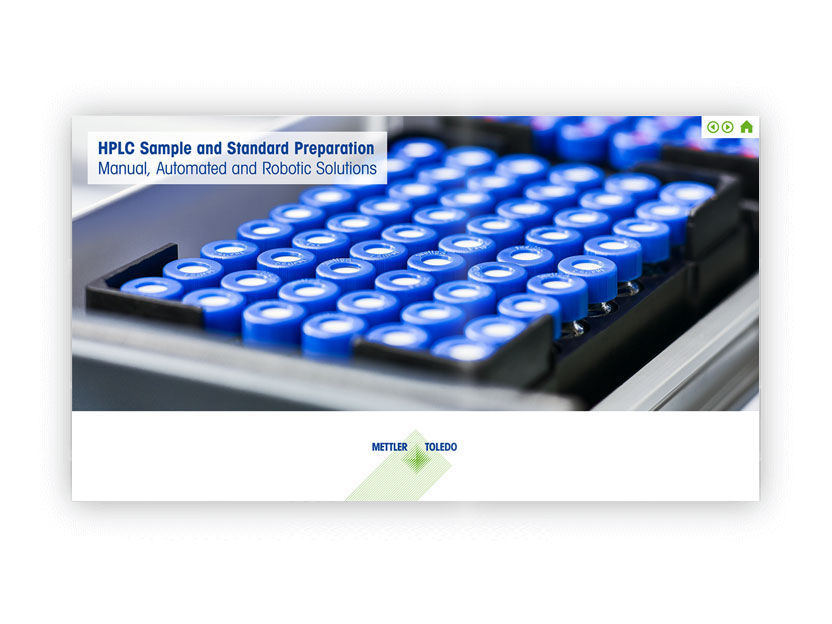
Sample and standard preparation in chromatographic analysis - Manual, automated and robotic solutions
Regulator_of_G_protein_signalling
Category:Cardiac_hormones
Huntsman to Increase MDI and MDI-Based Systems Prices in Europe
Erbin_(protein)
